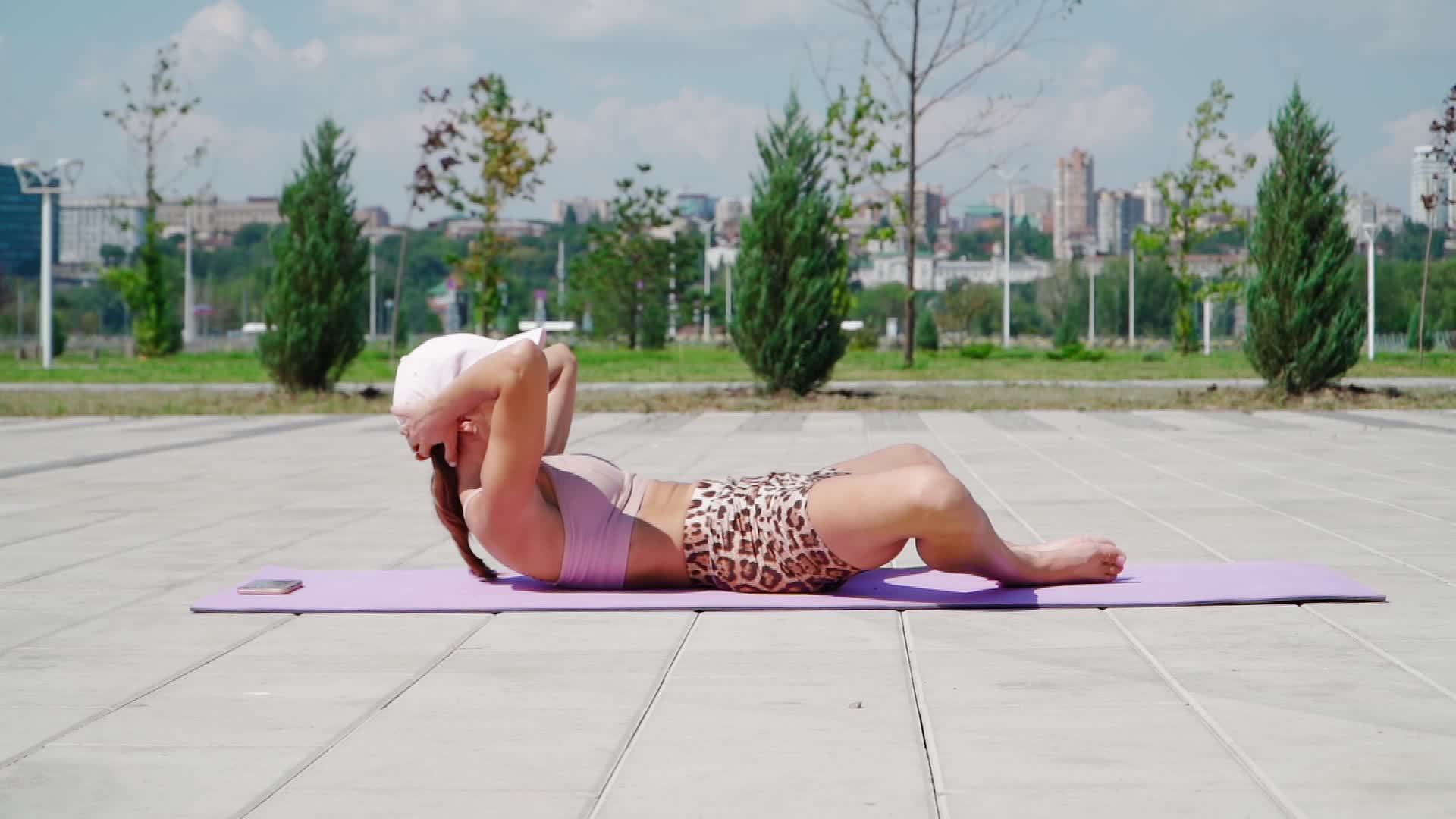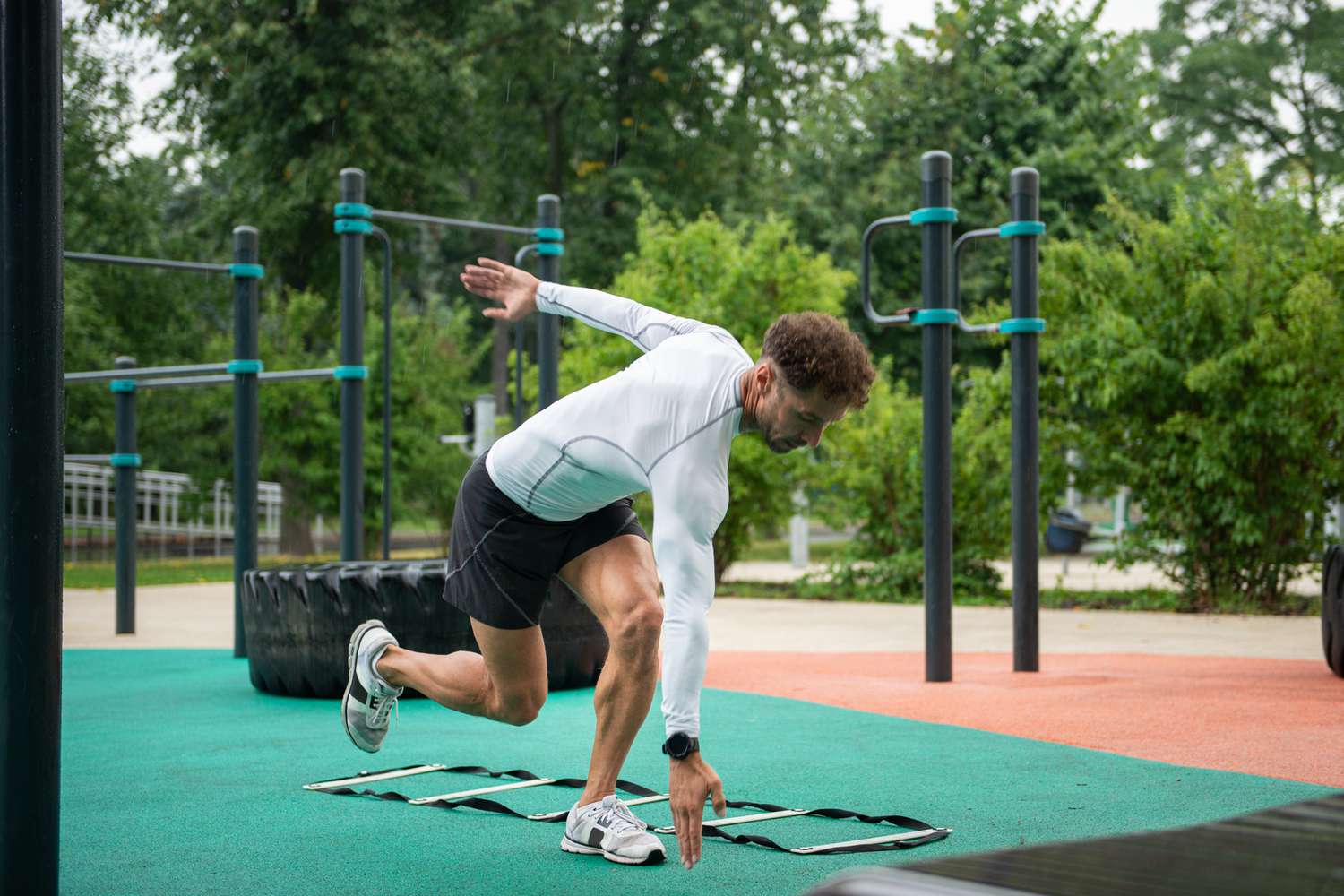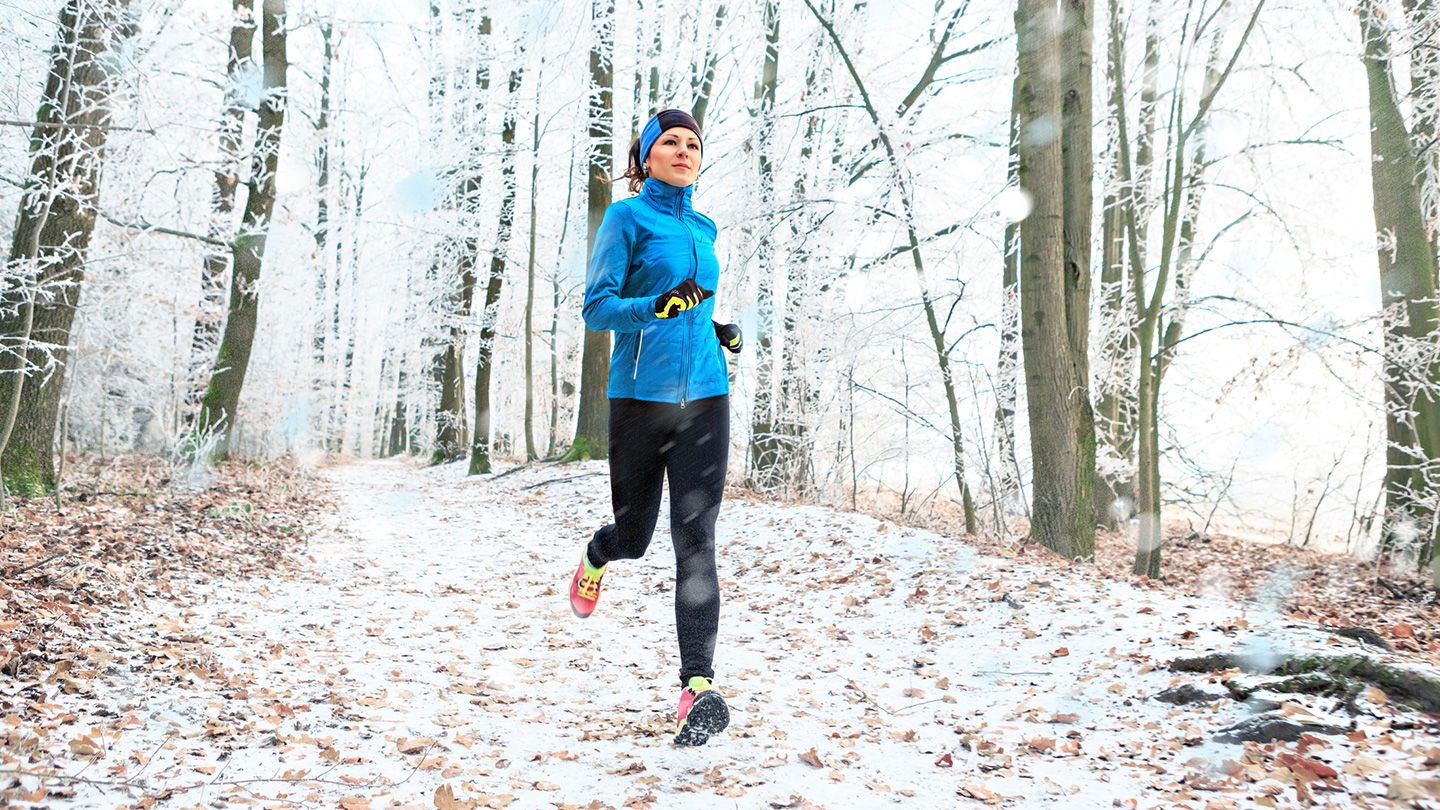Exercising outside can change the way you think about fitness. The fresh air and natural scenery not only boost your mood but can also enhance your workout experience. Outdoor ab workouts are an excellent way to strengthen your core while enjoying the benefits of nature. Whether you’re at a park, on the beach, or even in your backyard, you have the perfect setting to challenge your body and your abs.
Getting started with outdoor ab workouts doesn’t require much preparation. All you need is a little space and commitment. You can mix classic moves, like planks and sit-ups, with fun challenges that incorporate the environment around you. Taking your routine outside can increase your motivation and make your fitness journey more enjoyable.
After your workout, it’s important to cool down and allow your body to recover. Stretching in a serene outdoor setting can help you relax and enjoy the moment. You’ll find that outdoor workouts not only sculpt your abs, but they also bring a sense of peace and accomplishment to your fitness routine.
Key Takeaways
- Outdoor workouts enhance your fitness experience with fresh air and scenery.
- A variety of exercises can strengthen your core and challenge your body.
- Cooling down outside helps you relax and promotes recovery.
Getting Started with Outdoor Ab Workouts
Outdoor ab workouts can enhance your fitness routine while allowing you to enjoy fresh air. To make the most of your training, focus on equipment needs, finding the right location, and warming up properly before you start.
Essentials of Effective Ab Workouts
When planning your outdoor ab workout, gather the right gear. A mat or towel provides comfort on the ground. Consider weights or resistance bands to add challenge to your routine.
Key exercises include:
- Planks
- Bicycle crunches
- Leg raises
- Russian twists
Each exercise targets core muscles, helping to strengthen your abs. Aim for 3 sets of 10-15 reps for best results. Keeping your workouts varied helps avoid boredom and keeps your body challenged.
Choosing the Right Environment for Your Workout
Select a suitable location for your workout. Look for a flat, grassy area or a park with a soft surface to reduce impact on your joints. Being near trees can provide shade, while an open space allows you to move freely.
Check the weather beforehand. Ideal conditions are moderate temperatures and low humidity. Make sure the area is safe and not crowded. If you have access to benches or walls, you can use them for exercises like incline push-ups and dips.
Warm-Up Routines for Outdoor Training
A proper warm-up prepares your body for exercise and reduces the risk of injury. Start with a light jog or brisk walk for about 5 minutes to get your heart rate up.
Incorporate dynamic stretches such as:
- Arm circles
- Leg swings
- Torso twists
Spend about 10 minutes on your warm-up. This will activate your core and improve flexibility. A good warm-up helps you perform better during your workout, ensuring you get the most out of your outdoor session.
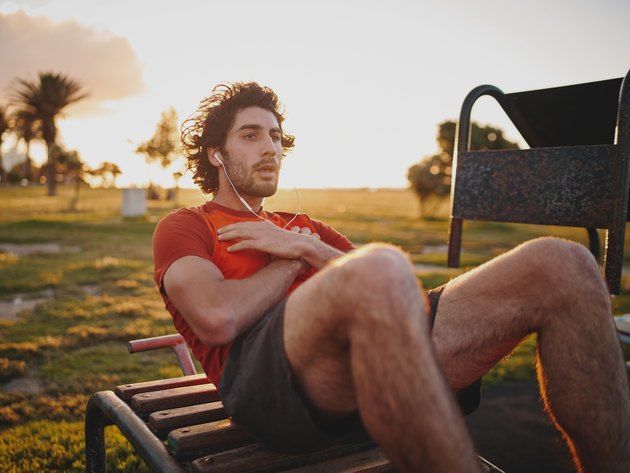
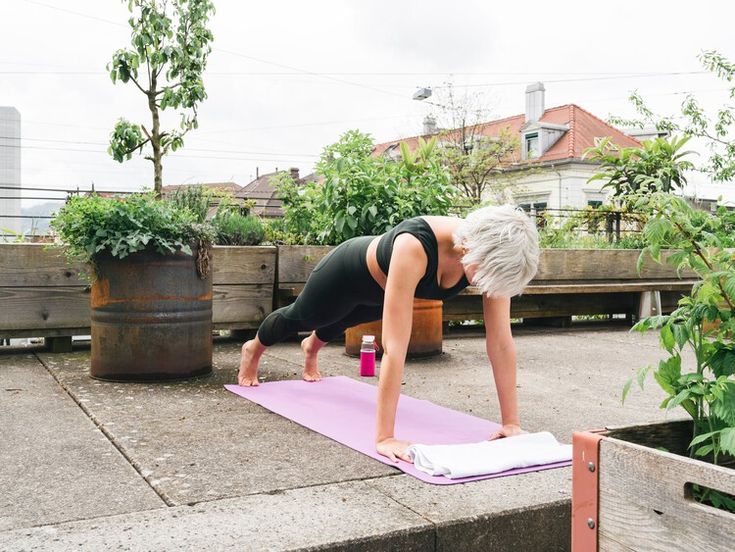
Core-Sculpting Abdominal Exercises to Do Outside
Exercising outside can be refreshing and energizing, making it the perfect time to focus on your core. The following exercises target your abdominal muscles effectively while allowing you to enjoy the fresh air.
Plank Variations for Core Strength
Planks are excellent for building core strength and stability. By holding a plank position, you engage various muscles, including the rectus abdominis, transverse abdominis, and obliques. Start with the traditional plank: place your elbows under your shoulders, keep your body in a straight line, and hold for 30 seconds to a minute.
To add variety, try side planks. Shift to one side, balancing on one arm, and hold your body in a straight line. This not only works your abs but also strengthens your shoulders. Aim to hold each side plank for 20-30 seconds, switching sides. Incorporating these variations will help enhance your core stability.
Dynamic Ab Workouts: Mountain Climbers and Bear Crawls
Mountain climbers create a full-body workout while focusing on your core. Begin in a high plank position. Quickly drive your knees to your chest, alternating legs. This exercise targets your rectus abdominis and obliques while also raising your heart rate. Perform for 30 seconds, aiming for speed without compromising form.
Bear crawls are another dynamic option. Start on your hands and knees, lifting your knees off the ground. Move forward by pushing off with your hands and feet. Keep your back flat and core engaged. Bear crawls work your internal and external obliques, making them a powerful addition to your outdoor workout. Aim to crawl for about 30 seconds.
Reverse Crunches and Bicycle Crunch for Lower Abs
For targeting the lower abs, reverse crunches are very effective. Lie on your back with your arms at your sides. Bring your knees toward your chest, then curl your hips off the ground in a controlled manner. Lower your legs back to a 45-degree angle without touching the ground. This engages your rectus abdominis and helps strengthen your entire core. Perform 12-15 reps.
Bicycle crunches enhance core engagement and work the obliques. Lie on your back and lift your legs to a tabletop position. As you twist your torso, bring your right elbow to your left knee while straightening your right leg. Alternate sides in a pedaling motion. Aim for 12-15 reps on each side. These exercises effectively target your core while enjoying the outdoors.
Supplementary Outdoor Exercises for a Full-Body Workout
Incorporating supplementary exercises into your outdoor routine can enhance your overall fitness. Focus on activities that boost your heart rate and strengthen your core muscles while improving your posture.
Cardio Options: Jump Rope and Bulgarian Split Squats
Jump rope is a simple yet effective way to increase your cardiovascular fitness. Just a few minutes can elevate your heart rate and burn calories.
Benefits of Jump Rope:
- Portable: Easy to take anywhere.
- Versatile: Can be done individually or in groups.
- Engages Core: Keeps your core activated for balance.
Pair jump rope with Bulgarian split squats for a balanced workout. This exercise targets your legs and core while improving stability.
How to Perform Bulgarian Split Squats:
- Stand a couple of feet away from a bench or a sturdy surface.
- Place one foot behind you on the bench.
- Lower your body into a squat until your front thigh is parallel to the ground.
- Push through your front heel to return to the starting position.
Strengthening Posture Through Core Workouts
Good posture is vital for overall health and fitness. Strengthening your core helps support your spine and maintain balance.
Effective Core Exercises:
- Plank: Hold a standard plank for 30-60 seconds to engage multiple core muscles.
- Side Plank: Switch sides to also target obliques, which support good posture.
Tips for Core Training:
- Maintain proper form to avoid injury.
- Focus on controlled movements rather than fast repetitions.
Integrating these exercises into your outdoor routine can enhance your fitness journey while enjoying the fresh air.
Cooling Down and Recovery
Cooling down after a workout is essential for your body to recover properly. Taking time for this step can help reduce muscle soreness and improve flexibility. Nutrition also plays a critical role in recovering after an intense ab workout. Here are important insights into both aspects.
Importance of Cooldown After Ab Workouts
Cooling down helps your body transition back to rest after exercising. This process is important for several reasons:
- Reduces Muscle Soreness: Gradually lowering your heart rate eases your muscles back to their normal state, which can help lessen soreness in the days following your workout.
- Prevents Injury: A proper cooldown can reduce the risk of injuries by promoting relaxation in the muscles and joints.
- Improves Flexibility: Incorporating stretches during your cooldown can help improve flexibility, benefiting your future workouts.
Focus on gentle yoga poses or static stretches targeting your core. Spend about 5-10 minutes cooling down to help your body recover effectively.
Nutrition Advice for Recovering and Strengthening Abs
What you eat after a workout can support your efforts to build strong abs. Consider the following nutrition tips:
- Protein Intake: Consuming protein after your workout can help repair muscle fibers. Aim for 20-30 grams of protein in your post-workout meal or snack.
- Hydration: Drink plenty of water to rehydrate. Dehydration can hamper recovery and performance.
- Balanced Meals: Include a mix of carbohydrates and healthy fats. Carbohydrates replenish energy stores, while healthy fats provide sustained energy.
Good options include a smoothie with Greek yogurt and fruit, or a full meal like grilled chicken with quinoa and vegetables. Prioritizing nutrition can enhance your recovery and support your fitness goals.
Frequently Asked Questions
Outdoor ab workouts offer a variety of exercises, benefits, and structure options. You may wonder about effective exercises, the advantages of exercising outside, and how to organize your workouts to get the best results. Here are some common questions to help you.
What are the most effective no-equipment ab exercises for outdoor workouts?
Some effective no-equipment ab exercises include planks, bicycle crunches, and mountain climbers. These exercises challenge your core and can be done on grass or any flat surface. You can also try leg raises and sit-ups to engage different parts of your abdominal muscles.
Are there specific benefits to doing ab workouts in an outdoor environment?
Exercising outdoors provides fresh air and sunlight, which can boost your mood and energy levels. The changing scenery can keep your workouts interesting. Plus, outdoor exercise allows for better ventilation and may help you feel more connected to nature.
How can a 30-minute outdoor workout be structured for optimal abdominal muscle engagement?
Start with a 5-minute warm-up, such as jogging in place or dynamic stretches. Follow this with 20 minutes of ab exercises, varying between high-intensity moves and steady holds. End with a 5-minute cool-down including stretches to relax your muscles.
Can ab exercises be effectively performed on uneven outdoor surfaces?
Yes, you can perform ab exercises on uneven surfaces, but it is important to be cautious. Focus on stability and control to avoid injury. Choose exercises like planks that require less movement, or modify your position for balance if needed.
What variations of ab workouts are recommended for beginners in an outdoor setting?
Beginners can start with low-impact exercises like seated knee tucks or standing side bends. Simple movements are easier to master and can build confidence. You can gradually add complexity with variations of crunches or more dynamic exercises as you gain strength.
How often should you do outdoor ab workouts for the best results?
Aim to do outdoor ab workouts 2-3 times a week for best results. This frequency allows your muscles to recover while still providing enough challenge to build strength and endurance. Be sure to mix in other forms of exercise for a balanced routine.
